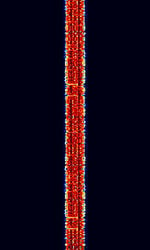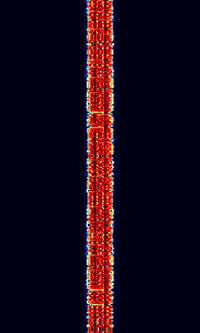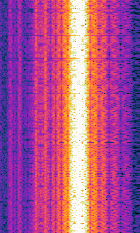STANAG 5065
| STANAGNATO Standardization Agreement (STANAG), defines processes, procedures, terms, and conditions for common military or technical procedures or equipment between the member countries of the North Atlantic Treaty Organization (NATO). Modes | |
|---|---|
| HFHigh Frequency (3-30 MHz): STANAG 4285 - STANAG 4529 - STANAG 4481 (CRATT) - STANAG 4197 (ANDVT) - STANAG 4415 - STANAG 4539 (M110B/C) - STANAGNATO Standardization Agreement (STANAG), defines processes, procedures, terms, and conditions for common military or technical procedures or equipment between the member countries of the North Atlantic Treaty Organization (NATO). 5065 (LFLow Frequency (30-300 kHz)) - STANAG 5511 (Link-11) - STANAG 4538 (3G ALEAutomatic Link Establishment) - STANAG-5066 (XMPP) VHFVery High Frequency (30-300 MHz)+: Link-11 (UHF) - STANAG 5522 (Link-22) - STANAG 5516 (Link-16) *Inactive |
STANAGNATO Standardization Agreement (STANAG), defines processes, procedures, terms, and conditions for common military or technical procedures or equipment between the member countries of the North Atlantic Treaty Organization (NATO). 5065 is defined as "Minimum Standards for Naval Low Frequency (LFLow Frequency (30-300 kHz)) Shore-To-Ship Surface Broadcast Systems", with two primary protocols, FSK75 and MSK300.
FSK75 uses a 85 HzHertz (Hz), unit of frequency, defined as one cycle per second (1 Hz). shift at 75 BdBaud (unit symbol Bd) is the unit for symbol rate or modulation rate in symbols per second.. The upper frequency tone is the space, and the lower frequency tone is the mark.
MSK300 uses a 150 HzHertz (Hz), unit of frequency, defined as one cycle per second (1 Hz). shift at 300 BdBaud (unit symbol Bd) is the unit for symbol rate or modulation rate in symbols per second., MSKMinimum-Shift Keying (When Shift/Bd = 0.5. It is impossible to get this ratio to be lower than 0.5, hence it is called the 'Minimum' shift.) modulation.
Samples[edit]
| FSK75 | MSK300 |
|---|---|
Frequencies[edit]
STANAGNATO Standardization Agreement (STANAG), defines processes, procedures, terms, and conditions for common military or technical procedures or equipment between the member countries of the North Atlantic Treaty Organization (NATO). 5065 designates the frequency range to be 50 kHzKiloHertz (kHz) 10^3 Hz - 160 kHzKiloHertz (kHz) 10^3 Hz at integral multiples of 10 HzHertz (Hz), unit of frequency, defined as one cycle per second (1 Hz)..
Decoding Software[edit]
- Professional Equipment/Software
Video Examples[edit]
Additional Links[edit]
- STANAG-5065 MSK300 waveform,KW-46 encrypted broadcast to submarines
- STANAG 5065: Minimum Standards for Naval Low Frequency (LF) Shore-To-Ship Surface Broadcast Systems
- shoc Database: STANAG 5065
- WAVECOM Database: STANAG 5065
- HFAsia STANAG 5065 FSK
- STANAG 5065 Standard


